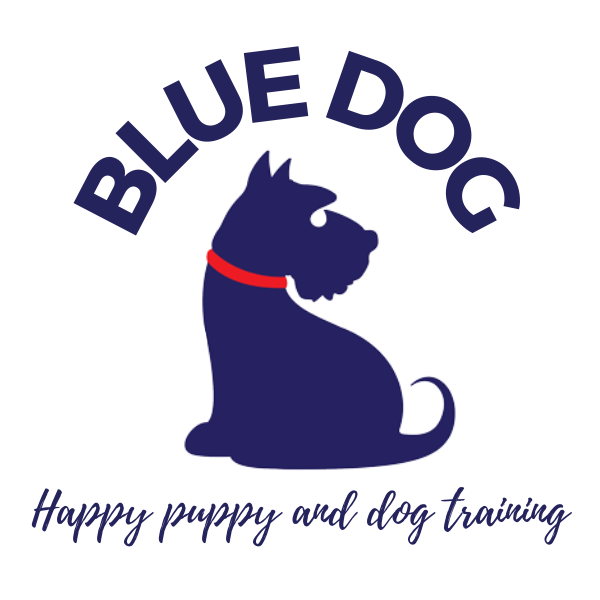
Dog harnesses have long been misunderstood, with a common myth suggesting they cause dogs to pull more during walks. In fact, the opposite is true.
A properly fitted harnesses, especially those designed with multi-point attachments or a front-clip and back-clip (2 point attachment harnesses), actually help balance a dog's body, helps reduce pulling on the lead and assists loose lead walking training.
I advocate the use of well-fitting, bra shaped harnesses on walks instead of attaching the lead to a dog's collar. Harnesses are kinder, less likely to damage a dog's neck, reduce pulling and make training easier.
Here are a few more reasons to switch to a harness when walking your dog:
1. Better control
Harnesses provide more control over a dog compared to traditional collars. They distribute the force of a lead more evenly across a dog’s body, making it easier to manage strong or energetic dogs.
2. Enhanced safety
Harnesses reduce the risk of injury to a dog's neck and throat, which can occur with collars, especially when a dog pulls or lunges. This makes harnesses a safer option for training, as they minimise the chance of harm.
3. Reduced pulling
Walking a dog on a collar can make pulling worse! When a dog pulls on a collar, it triggers an automatic defence reflex known as the opposition reflex. This causes the dog to instinctively pull against the pressure.
Harnesses, especially 2-point or multi-point attachment designs, mitigate this reflex by distributing pressure across the body. This reduces the pulling reflex and helps you teach your dog walk better on lead.
4. Comfort for the Dog
A properly fitted, bra-shaped (y-shaped) harnesses are generally more comfortable for dogs. This is especially important for dogs with respiratory issues, small breeds, or dogs with delicate necks.
A well-fitted harness is a kind choice as it does not put pressure on the dog's throat, making loose lead walking training a positive experience and more successful.
5. Prevents escapes
Harnesses are typically more secure than collars. Dogs that are prone to slipping out of collars during training or walks will find it much harder to escape from a well-fitted harness.
6. Versatility
Harnesses come in various designs suited for different body types and a dog's unique needs needs. There are some great low-cost options as well as bespoke made-to-measure harnesses on the market.
There are harnesses with multiple attachment points, reflective materials for visibility, and even padded options for extra comfort.
Choosing a harness
There are many types of harnesses available, but it's crucial to choose one that doesn't restrict your dog's movement. I choose a y-shaped (bra-shaped) harness as they let a dog walk naturally . I avoid harnesses that cross the chest in front of the shoulders, as they can sit on the shoulder and impede your dog's natural walking motion.
While most harnesses require your dog to put their head through an opening, alternatives are available that clip around the neck and body, which might be better for if your dog is head-shy.

Ensure your dog's harness fits well. You should be able to fit a finger comfortably between the strapping and their body to prevent it from shifting during movement. Your dog should not be able to slip out of the harness.
Remember, to comply with the law, your dog must wear a collar with an identity tag in public spaces, even if they are also wearing a harness.
Regularly check your harness, collar, and lead for general wear and tear to ensure your dog's safety.
Dog harnesses I like to use
I like the Kumfi Complete Control harness. It is an excellent low-cost option, perfect for older pups and small to medium-large dogs.
Another great choice is the Perfect Fit harness, custom-fitted to your dog's exact measurements. This harness is ideal for dogs that care serial pullers and those with unique body shapes, such as greyhounds and bully breeds.
For pups and very small dogs we have used the Viva adjustable mesh harness, Kumfi smaller sizes are also great if you have a bigger puppy.
Using a harness is a kind tool that can give you a great foundation to teach your dog to walk nicely on lead. If you are struggling with your dog's pulling, seek advice from a qualified, force-free dog trainer.
I offer a range of in-person and virtual services to help owners teach their dog to walk on the lead without pulling.
You can also grab four free training and enrichment downloads by subscribing to the Happy Pack.










